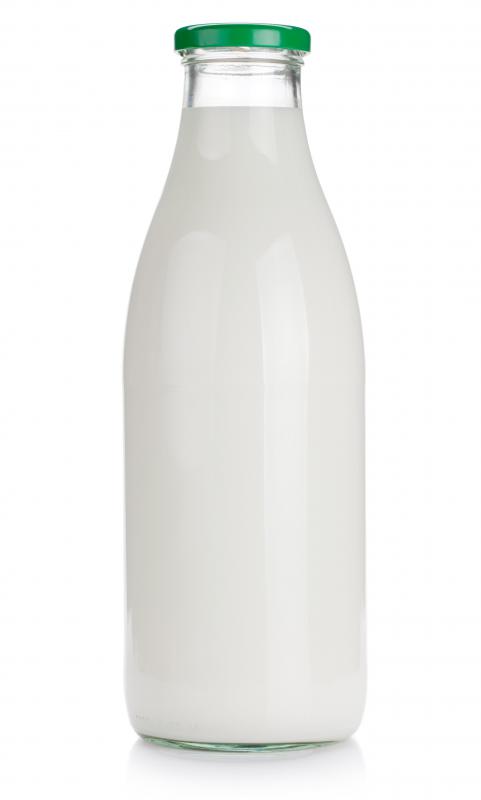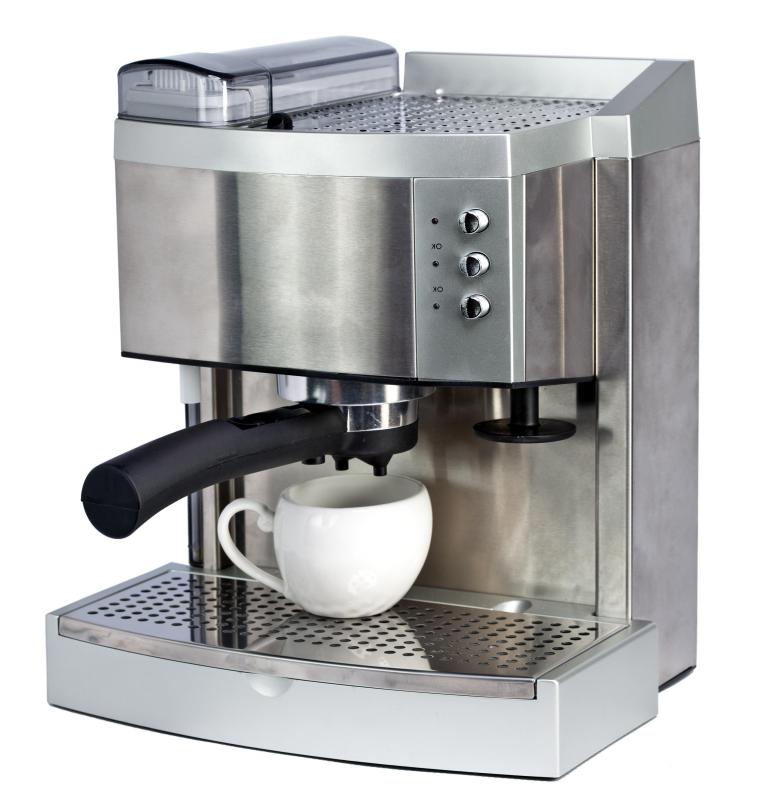At WiseGEEK, we're committed to delivering accurate, trustworthy information. Our expert-authored content is rigorously fact-checked and sourced from credible authorities. Discover how we uphold the highest standards in providing you with reliable knowledge.
What is a Cappuccino Maker?
A cappuccino maker is a machine designed to make the perfect cup of cappuccino coffee. Cappuccino is a form of coffee that combines a shot of espresso with steamed frothy milk on top. Chocolate sprinkles are sometimes added to the top of the cappuccino to give it a sweet taste.
The cappuccino maker first came into existence in Milan, Italy in 1901. Luigi Bezzera was a manufacturing factory owner looking for a way to shorten his workforce's coffee breaks. By adding pressure to the coffee making process, Bezzera reduced the brewing time needed to make the coffee.

The cappuccino maker was born, and Bezzera called it the Fast Coffee machine. In Italian, espresso means 'fast', and that is exactly how the coffee is made. Coffee is placed in the cappuccino maker, and hot water is forced through at high pressure. By forcing the hot water through the coffee, all the flavor is removed from the beans.
Espresso coffee is a small cup of extremely strong coffee. After the water has been forced through the coffee once, the coffee used must be thrown out. Cappuccino is espresso coffee served in a larger cup with frothed milk added. Cappuccino does not have quite the same kick as espresso, but compared to instant coffee, it is a world apart.
A cappuccino maker features a nozzle that steams the milk for the cappuccino. It also brews strong coffee in the minimum time without losing any of the coffee's flavor.

Luigi Bezzera's cappuccino coffee maker was a winner. In 1905, he sold his cappuccino maker patent. Some modifications have been made to the original cappuccino maker. In 1938, a piston pump was developed that allowed hot instead of boiling water to be used. Boiling water tended to burn the coffee and interfere with the flavor of the drink.
By 1946, the world famous Gaggia company developed a piston machine. This made possible the now famous foam on the top of a cappuccino. The cappuccino maker of today is fully electric and no longer requires a hand operated piston. The water is now taken straight from a fresh water source and run through a boiler and then through the coffee.

All over the world, people take time out in coffee shops to enjoy a leisurely cappuccino, but it is also a very fast way of perking up the afternoon slump at work. Luigi Bezzera's original workforce may not have been too happy about their coffee break being shortened, but millions of workers around the world are grateful for his creation.
AS FEATURED ON:
AS FEATURED ON:
















Discuss this Article
Post your comments